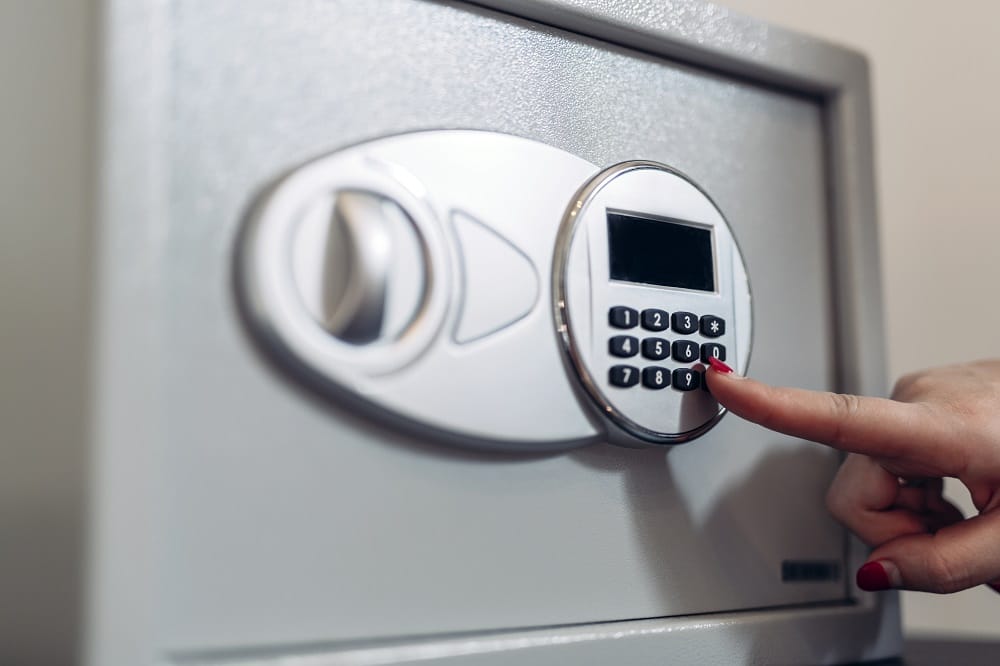[ad_1]
Important facts:
-
Bryan Bishop shared his proposal on GitHub on April 13.
-
The developer hopes that the proposal will be adopted later.
“People are not good at securing their keys,” said Bryan Bishop, a Bitcoin developer. “As long as we can write better software and secure Bitcoin more securely, it’s a win.”
The idea of a Bitcoin vault has been around since 2016. The original proposal required a strong fork that the main developers never implemented. But from April 13, Bishop developed a prototype on GitHub without fork and shares it on the Bitcoin Core email list.
The basic idea is to store Bitcoin (BTC) particularly securely in a chain This enables security bugs to be restored. The chain approach is part of what distinguishes Bishop’s vault from a cold wallet.
Cornell professor and Ava Labs founder, Emin Gün Sirer, was part of the team that proposed the Bitcoin safes in 2016. He then reported that he had closely watched Bishop’s work.
“It’s great to see how vaults move from concept to reality. We want safes to become standard across all cryptocurrencies as they have the potential to avoid events that are often referred to as “sorry for your loss” (SFYL), “he said.
How it works
What happens to a normal portfolio is that it only has one security model for protection. If someone gets the private key from someone else, there is no resource. Instead, as suggested by Bishop and others, the safes offer Plan B. If your security fails in any way, There is a recovery mechanism.
Users of these types of safes could effectively limit the rate at which their Bitcoin (BTC) could be released in the event of a breach. The stored BTC would be divided into a series of “splitters” that Bishop calls. These shards can only be released individually in a hot wallet at a preset interval.
The suggestion too uses a so-called “watchtower” to monitor the vault. A notification is sent to the owner each time a BTC fragment is moved. If the attempt to transfer Bitcoin has not been authorized, the user can trigger a signed transaction that mobilizes the money for a cold, out-of-chain wallet before the Bitcoin is released for use by the attacker.
In certain circumstances, the watchtower can skip the notification step and simply initiate the move to the cold wallet. In this context, Bishop added that at least one software will be required to operate this vault and all related components. “It’s not a manual process,” he said.
It is not yet clear whether users can manage their own watchtowers or whether users need to share them. In this way, the vault can help users defend themselves.
For example, the time-release model could be useful for Bitcoin holders to “pay for themselves” at set intervals while introducing a self-imposed limit on their ability to spend wastefully.
Bishop said this was an experiment, “a prototype”. It should be noted that the implementation was written on the assumption that one day the proposal would be accepted Bitcoin 119 upgrade. It will work the way it is now, but if GDP 119 is adopted, “security will become stricter,” the developer said.
Bishop is known to be part of the team that created Avanti Bank in Wyoming, but this project is an independent work. There are no immediate plans for Avanti, founded by blockchain developer Cailin Long, to take it over.
Related projects
Bishop is not the only person working with vaults for Bitcoin’s existing code base. Since Chainsmiths’ Kevin Loaec suggested design last year, he’s changed the idea to something that is aimed at people (actually companies) who have to move money frequently and relatively quickly.
“It’s a completely different level than most multi-signature wallets used,” Loaec wrote in an email. Chainsmiths calls the product Revault and hopes to raise money for the project.
Meanwhile, Bob McElrath, formerly Fidelity, is working on a similar implementation with different contributors. He assures that the project will soon be described in academic documents. His description also applies to the work of the bishop. McElrath wrote the following about this:
This type of wallet is awfully complex. With at least three different wallets: an “active” send and receive wallet, a safe, timed storage and a “recovery” wallet, the goal of the funds in the event of an attack.
Ittay Eyal, a developer who was also part of the team that made the original vault proposal with Sirer, said he was in collaboration with Certora to develop a secure vault implementation for Ethereum.
Translated version of Brady Dale’s article published on CoinDesk.
[ad_2]


Add Comment